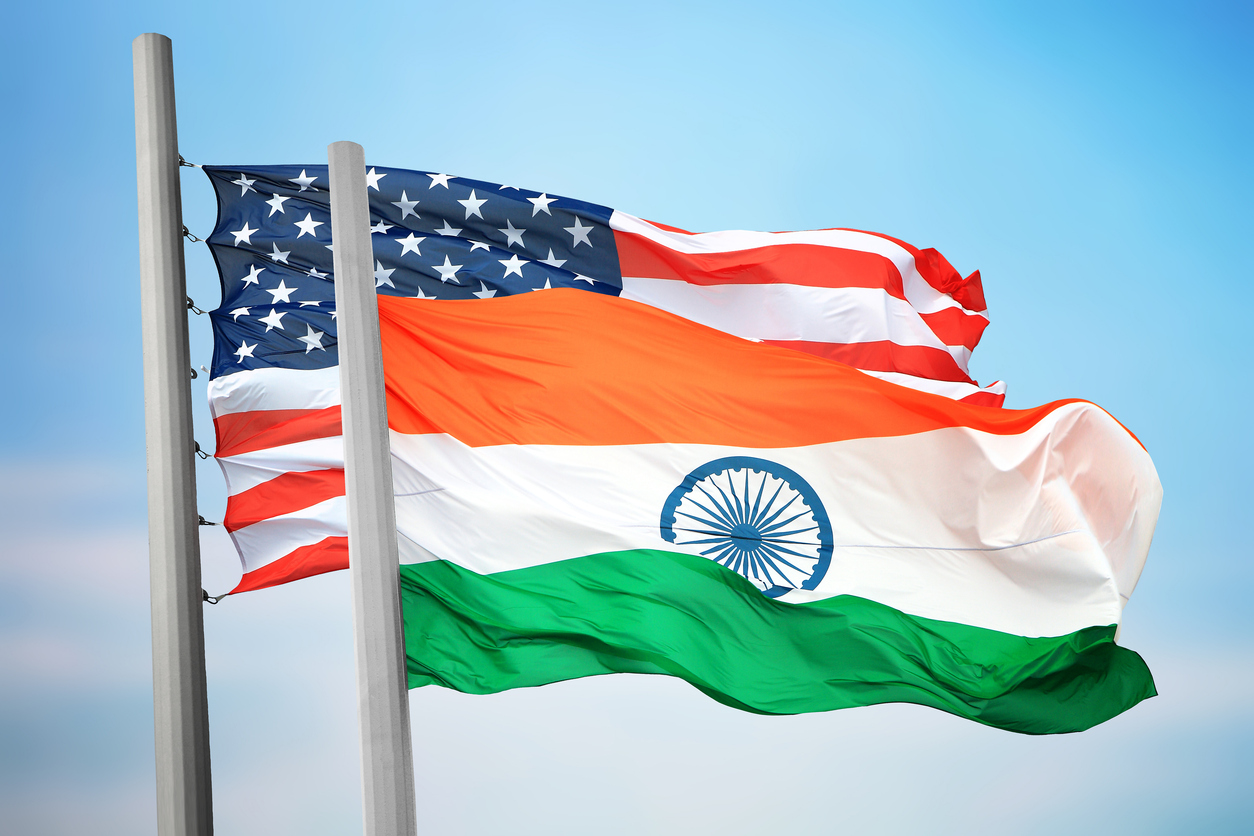
April 8, 2025
India–US trade talks already underway; deal expected by Fall 2025
India is better positioned than regional competitors like Vietnam, Indonesia
Potential impact on sectors like carpets and marine products; govt in touch with exporters
Tariff hikes on China raise fears of dumping into India; safeguards under review

Despite Washington’s imposition of a 26% retaliatory tariff, India is poised to benefit from a first-mover advantage as it continues proactive trade negotiations with the United States, a senior government source said.
“India is better off than its competitor nations or regional rivals such as Indonesia and Vietnam, since higher reciprocal tariffs have been imposed on them,” the source noted, underlining India’s relative insulation from the most punitive measures.
On April 2, US President Donald Trump signed an executive order announcing sweeping reciprocal tariffs on several countries. The baseline 10% tariff came into effect on April 13, while additional country-specific duties—ranging from 10% to 50%—are being enforced from April 9. India’s goods currently face a 26% duty under this order.
A White House fact sheet clarified that these tariffs may be reduced if trading partners take “significant steps to remedy non-reciprocal trade arrangements” and align with US economic and national security interests.
India and the US are already in advanced discussions to finalise a “fair, balanced, and equitable” bilateral trade agreement (BTA), targeted for completion by Fall 2025. The agreement will cover both goods and services and is aimed at creating a win-win framework for both economies, the source said.
While the new tariffs’ short-term impact could dampen US demand for some Indian exports, the outlook may improve as Washington prepares for potential income tax cuts and declining petroleum prices, which are expected to support consumer spending.
Certain Indian sectors—such as carpets and marine products—may feel the immediate strain of the tariff hike. In response, the Department of Commerce has initiated consultations with exporters and assured assistance where needed.
Simultaneously, India is monitoring its own imports amid growing concerns over dumping, especially from China. With the US now levying a combined 54% tariff on Chinese imports (including a new 34% hike atop the earlier 20%), there is concern that surplus Chinese goods could be redirected to India. The government is prepared to take WTO-compliant action if required.
The broad imposition of US tariffs has also triggered a wave of renewed trade engagement from other major economies. In addition to its ongoing dialogue with the US, India is negotiating free trade agreements (FTAs) with the United Kingdom, European Union, New Zealand, Peru, Chile, and Oman. Potential trade pacts with Bahrain, Qatar, or the Gulf Cooperation Council (GCC) may also materialise.
Source: Business Standard